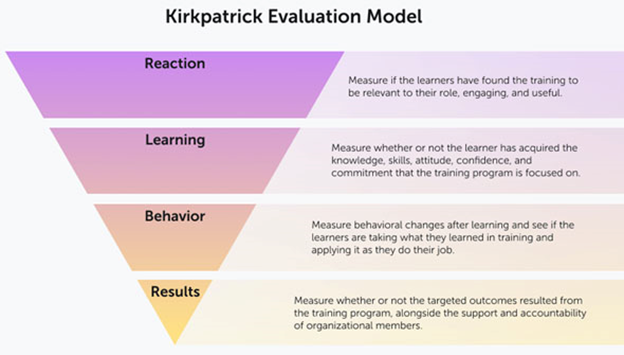Online Course
NDNP 811 – DNP Project Development
Module 3: Proposal Presentation Update
Teaching Plan
The most common approach that individuals take when attempting to make change is telling people what to do – educate them. This is the case with most DNP projects as well. This approach is understandable given that education involves providing individuals with new information that is driving the change. While providing the site with new information is an important implementation strategy, students are cautioned against solely relying on education for change to occur.
Education alone will not be sufficient to make change, but it is needed in all change efforts, typically at the onset of the project to create new knowledge, skill, or value regarding the initiative and expected behaviors. All students are required to design a Lesson Plan to convey their teaching intent.
- A Lesson Plan is similar to a patient care plan – it outlines what the learner will learn, the method of instruction, and how progress or learning will be measured.
- While Lesson Plans have similar components, no two lesson plans look exactly the same. The specifics will vary depending upon the subject matter, the teacher, the learner, and the context.
- Effective teaching plans include the following key components
- Learning objectives: what the learner will learn or be able to do after the lesson
- Content Outline: the information conveyed
- Method of Instruction: the instruction technique (ie, demonstration)
- Time: the amount of time set aside for each objective
- Method of Evaluation: how learning is measured
Learning Objectives |
Content Outline |
Method of Instruction |
Time Spent |
Method of Evaluation |
By the conclusion of the session, the learner will be able to:
Describe three consequences of having ACEs |
Consequences of ACEs
|
Presentation and group discussion |
5 min |
Audience Response |

Consider the Kirkpatrick Model as one theoretical resource when planning your site education. The model focuses on evaluating the results of your education based on four Criteria: reaction, learning, behavior, and results.
Given that this is an evidence-based approach to evaluating your instruction, decide how you plan to use this theory to guide your evaluation and incorporate those strategies into your lesson plan.
This website is maintained by the University of Maryland School of Nursing (UMSON) Office of Learning Technologies. The UMSON logo and all other contents of this website are the sole property of UMSON and may not be used for any purpose without prior written consent. Links to other websites do not constitute or imply an endorsement of those sites, their content, or their products and services. Please send comments, corrections, and link improvements to online@son.umaryland.edu.